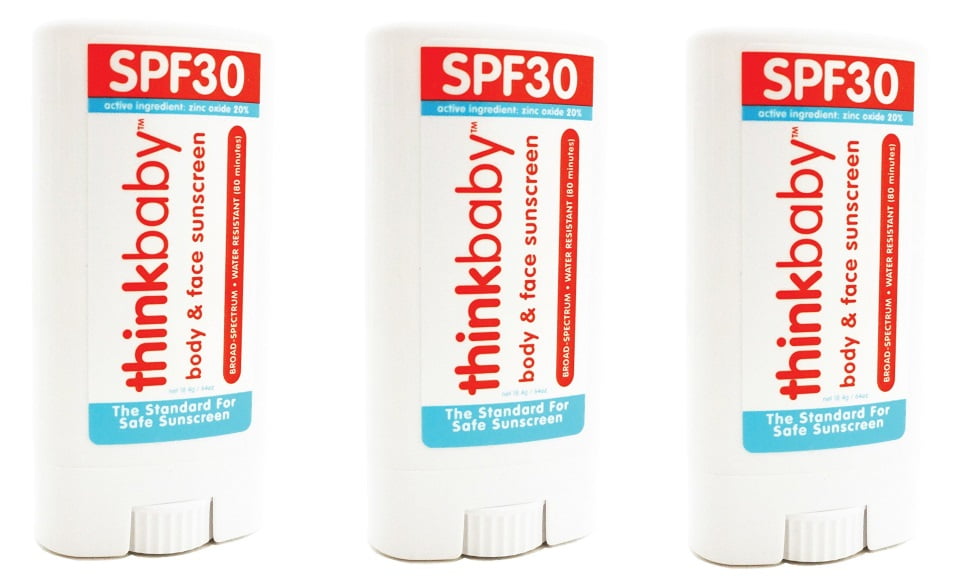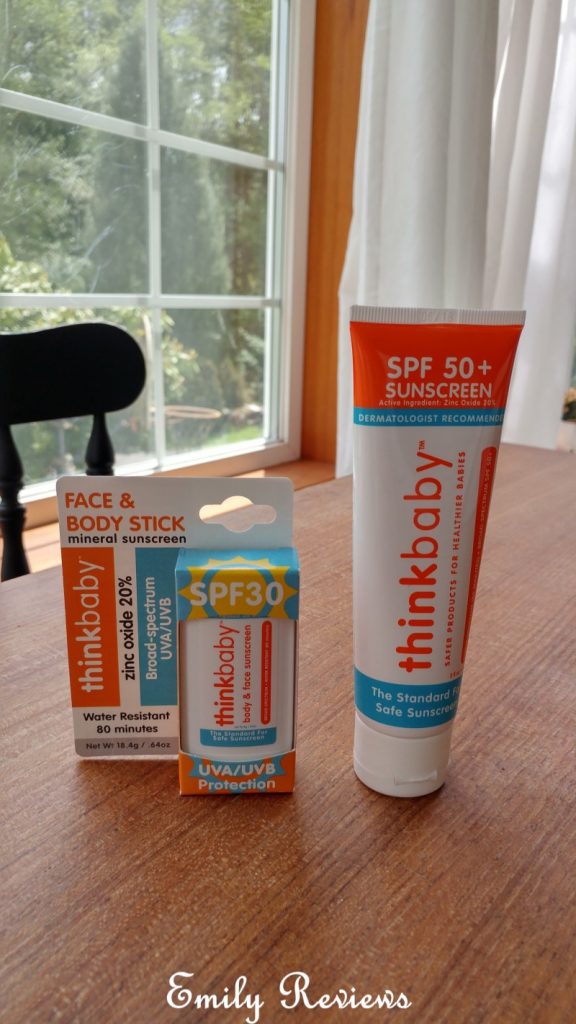
There are two primary types of zinc oxide: micronized and non-micronized.
THINKBABY SUNSCREEN REVIEW SKIN
Zinc Oxide sits on the skin without absorbing into it, reflecting light away. For older children, you should apply the sunscreen more liberally, and reapply after 2 hours. (Sunscreens take a few moments to begin to work.) For babies, Madfes says that you should apply a thin layer to the skin. Madfes also agrees that mineral lotions are best, and reminds parents that they should be applying the sunscreen at least 15 minutes before going outside. The product you choose should be a lotion instead of a stick, because stick sunscreen requires multiple reapplications - meaning, you’re less likely to keep up. Havag recommends “mineral sunblocks containing a high amount of zinc oxide or titanium dioxide because these reflect UV rays, instead of absorbing them.” She adds that all parents should look for broad-spectrum, water-resistant zinc oxide or mineral sunscreen, with an SPF of at least 30. This helps to make sure that your little one isn’t allergic.
THINKBABY SUNSCREEN REVIEW PATCH
That's because their systems are too immature, and the risk of using chemicals outweighs the reward.ĭiane Madfes, M.D., FAA, and Assistant Professor of Dermatology at the Mount Sinai School of Medicine suggests that before you slather your baby up with sunscreen, do a patch test first.

Marie Hayag, M.D., board-certified dermatologist and founder of 5th Avenue Aesthetics, says that baby sunscreen should not be used on babies under 6 months of age. It turns out that there are some very specific parameters you need to abide by when buying and using sunscreen for babies.


When the weather starts to get better, it's natural for us to want to take our children outside to enjoy the fresh air and get all that good vitamin D.


 0 kommentar(er)
0 kommentar(er)
